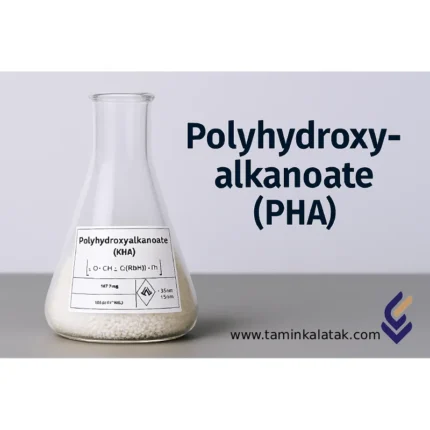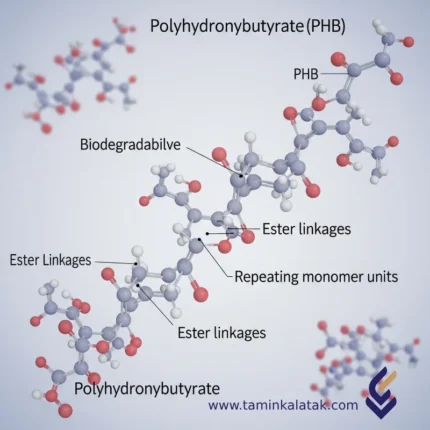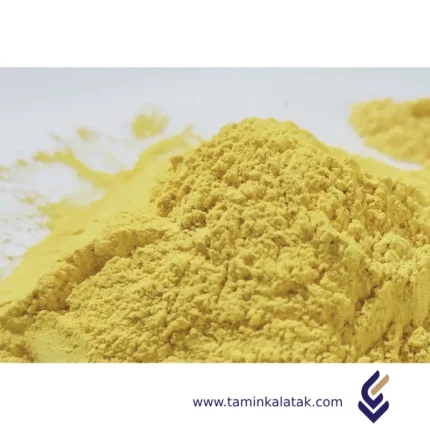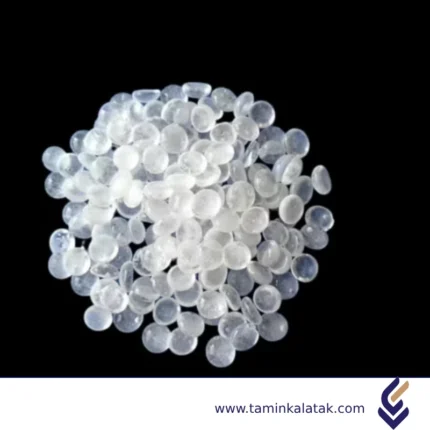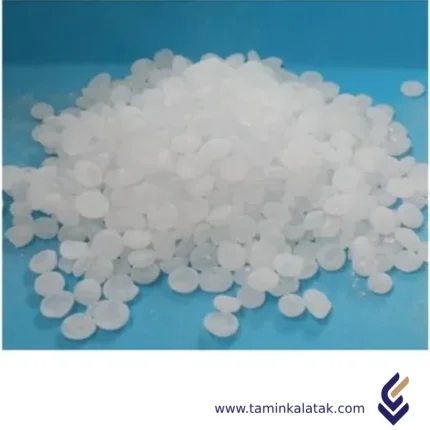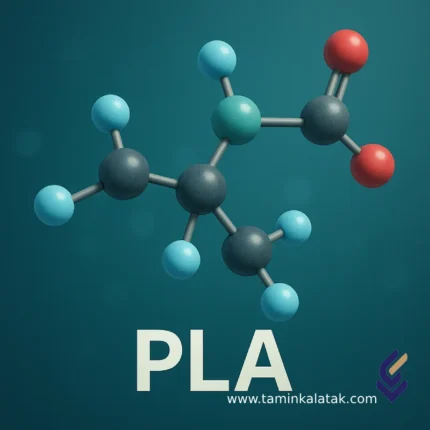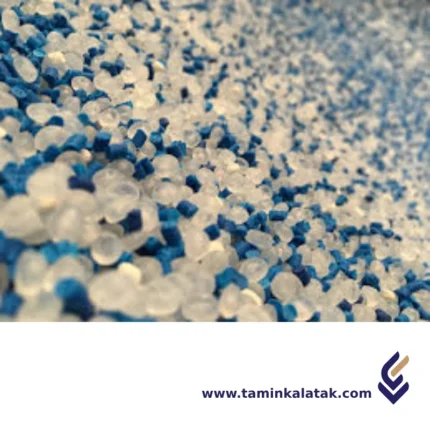Polyhydroxyalkanoate (PHA) is one of the most innovative biodegradable polymers, attracting significant attention from various industries due to its environmental compatibility and wide range of applications. As a sustainable alternative to conventional plastics, this biopolymer offers an eco-friendly solution to reduce environmental pollution.
Structure of Polyhydroxyalkanoate (PHA)
Polyhydroxyalkanoates are a family of biodegradable polyesters produced by microorganisms (such as bacteria) under specific growth conditions. These polymers consist of hydroxyalkanoate monomer units linked together by ester bonds. The chemical structure of PHA depends on the type of monomers and production process and can include short-chain-length (SCL) or medium-chain-length (MCL) structures. This structural flexibility allows the production of PHAs with a wide variety of mechanical and physical properties.
Properties of Polyhydroxyalkanoate (PHA)
-
Biodegradability: Completely degraded by microorganisms in various environments (soil, seawater, compost).
-
Biocompatibility: Non-toxic and suitable for medical and pharmaceutical applications.
-
Mechanical versatility: Ranges from flexible to rigid, depending on monomer composition.
-
Thermal resistance: Certain PHA grades remain stable up to around 160°C.
-
Renewable origin: Produced from biological feedstocks such as sugars, vegetable oils, or agricultural waste.
Applications of Polyhydroxyalkanoate (PHA)
-
Packaging: Used to produce biodegradable bags, films, and containers.
-
Medical field: Applied in absorbable sutures, implants, and drug delivery systems.
-
Agriculture: Used in biodegradable mulching films and plant pots.
-
Textile industry: Production of bio-based fibers for clothing.
-
Single-use products: Manufacturing of eco-friendly straws, spoons, and forks.
Disadvantages of Polyhydroxyalkanoate (PHA)
-
High production cost: Microbial fermentation and PHA extraction processes are expensive.
-
Variable mechanical properties: Some grades may be brittle or have lower strength.
-
Degradation rate: Decomposition speed may be slower than expected in some environments.
-
Infrastructure requirements: Industrial recycling or composting facilities are needed for optimal biodegradation.
Advantages of Polyhydroxyalkanoate (PHA)
-
Environmental friendliness: Reduces dependence on petroleum-based plastics and minimizes plastic waste.
-
Adaptability: Properties can be tuned for various industrial and commercial uses.
-
Sustainable production: Can be made from renewable resources and agricultural residues.
-
Biological safety: Suitable for sensitive applications such as medical devices and food packaging.



